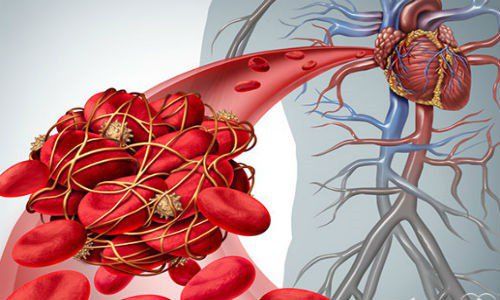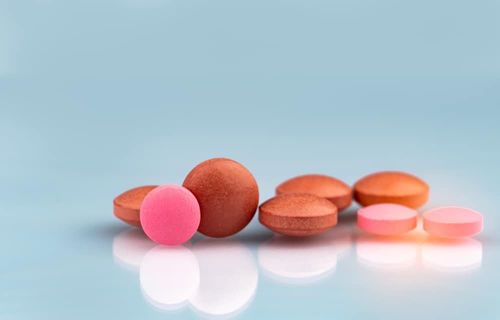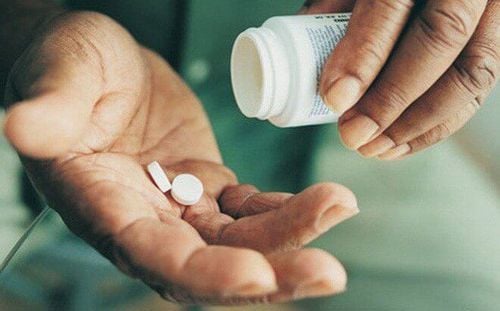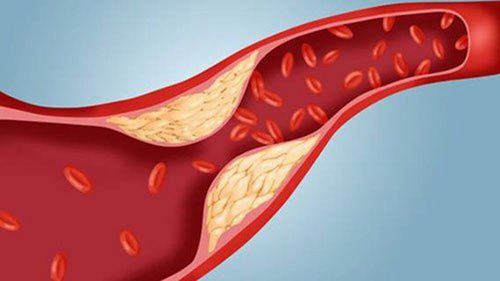This is an automatically translated article.
The article is professionally consulted by Specialist Doctor II Nguyen Quoc Viet - Department of Medical Examination & Internal Medicine - Vinmec Danang International General Hospital.
Treatment of dyslipidemia must include lifestyle changes, limiting risk factors, and drug therapy. In particular, Statins with many different brand names are the most effective and widely used lipid-lowering drugs today.
1. Principles of treatment of dyslipidemia
Dyslipidemia is the leading cause of many problems in the body, the most typical is fatty liver and atherosclerosis. In particular, atherosclerotic cardiovascular diseases are considered the leading cause of death and disability today.
There are many risk factors that increase dyslipidemia:
Unmodifiable factors: such as age, sex Modifiable factors: In fact, this is a group of risk factors for causing dyslipidemia. had the greatest effect on blood lipid status. Smoking, less physical activity, unhealthy eating habits, erratic living, excessive stress are the factors that significantly increase the incidence of dyslipidemia and cardiovascular disease in the past years. recently. In addition, some chronic diseases such as hypertension, diabetes,... are also factors that cause the disease to progress. Therefore, in order to reduce the risk of cardiovascular diseases, attention must be paid to correcting and controlling the disease. comprehensive treatment of “modifiable risk factors”. The principle of treatment of dyslipidemia is a combination of lifestyle changes to limit risk factors and medication to treat the disease.
2. Lifestyle changes

Lifestyle change is the first indication, and plays an extremely important role in preventing and limiting dyslipidemia.
Movement, body training is especially effective for people who do office work, sit a lot. Exercise not only helps the body stay healthy and maintain an ideal weight, but also helps to reduce Triglyceride and LDL cholesterol, increase HDL-c, thereby contributing to good control of blood pressure and blood sugar.
The intensity and duration of the exercise depends on your health condition. Normally, just practice and physical activity for about 30-45 minutes/day, 5 days/week, the blood fat status will be improved a lot.
Diet Limiting foods with a lot of excess fat, energy and balance of substances is extremely important in eating, especially for people with dyslipidemia or obesity.
Some foods contain a lot of saturated fatty acids (such as fat in pork, beef, lamb...), high in cholesterol (egg yolks, butter, shrimp...) need to be limited. Instead, use unsaturated fatty acids such as soybean oil, olive oil, corn oil, fish fat...
The diet should have a balance between glucid, lipid and protid. Avoid taking a lot of glucose because it has a lot of energy. In addition, add fiber, vitamins, trace elements from vegetables, tubers and fruits; Limiting beer - alcohol are also important factors to help limit blood fat better.
3. Drug treatment
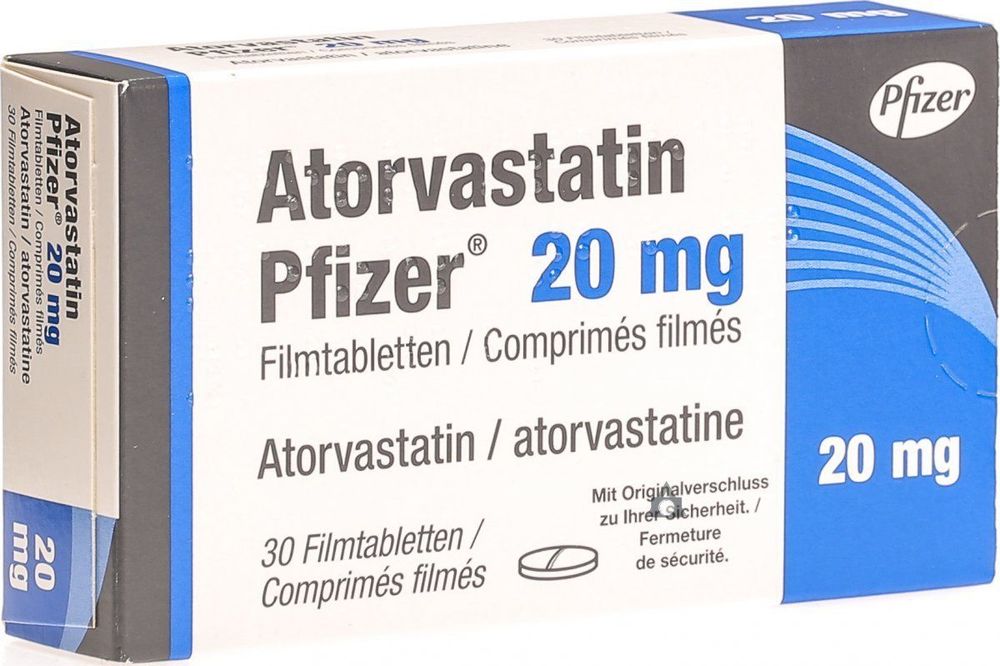
Medical treatment using lipid-lowering drugs mainly belongs to the following groups:
3.1. Statins (HMG-CoA reductase inhibitors) Statins are the most important drugs in the treatment of dyslipidemia in the primary and secondary prevention of cardiovascular disease today.
Statin drugs help reduce LDL-c, VLDL, TC, TG levels and increase HDL-c in the blood. In addition, the statin group also reduces the inflammatory process of the vascular endothelium, helping to degrade atherosclerotic plaque.
Dosage and names of commonly used drugs:
Atorvastatin: 10-20mg/day, maximum dose 80mg/day. Rosuvastatin: 10-20mg/day, maximum dose 40mg/day. Simvastatin: 10-20 mg/day, maximum dose 80 mg/day. Lovastatin: 20-40 mg/day, maximum dose 80 mg/day. Fluvastatin: 20-40 mg/day, maximum dose 80 mg/day. Pravastatin: 20-40 mg/day, maximum dose 80 mg/day. 3.2. Fibrates The strongest effect of fibrates is to reduce blood triglycerides. Dosage and names of commonly used drugs:
Gemfibrozil: commonly used clinical dose: 600 mg/day. Clofibrat: 1000 mg/day. Fenofibrate: 145 mg/day. The fibrates can cause some unwanted effects such as bloating, nausea, increased liver enzymes. This often occurs when taking high doses, or the elderly, or have pre-existing kidney or liver disease.
Note: The drug is not used for pregnant or lactating women, patients with liver or kidney failure.
3.3. Nicotinic acid group (Niacin, vitamin PP) Nicotinic acid group drugs are usually indicated for cases of increased LDL-C, decreased HDL-C, increased Triglycerid.
Dosage and brand names (Niacor, Niaspan, Slo-niacin):
Rapid release: 100 mg/dL, maximum dose 1000 mg/day. Rapid-release type: 250 mg/dL, maximum dose 1500 mg/day. Rapid-release type: 500 mg/dL, maximum dose 2000 mg/day. Use caution when taking high doses of drugs, or elderly people, or have kidney or liver disease.
3.4. Resin group (Bile acid sequestrants) Resin increases bile secretion and lowers cholesterol in the liver, stimulates synthesis of LDL-c receptors, increases LDL-c excretion. Therefore, Resin drugs are often indicated in cases of elevated LDL-c.
Dosage and names of commonly used drugs:
Cholestyramine: 4 -8 g/day, maximum dose 32 mg/day. Colestipol: 5 -10 g/day, maximum dose 40 mg/day. Colesevelam: 3750 g/day, maximum dose 4375 mg/day. Using the drug may experience some undesirable effects such as digestive disorders such as flatulence, abdominal distension, nausea, constipation.
3.5. Ezetimibe Ezetimibe is usually prescribed when LDL-c is elevated.
The drug has the effect of inhibiting the absorption of Triglycerides in the intestine, thereby reducing LDL-c and increasing HDL-c. The drug has very few side effects.
Dosage: 10mg/day.
3.6. Omega 3 Omega 3 helps to increase the catabolism of Triglycerides in the liver.
Commonly applied clinical dose: 3g/day, maximum dose of 6g/day.
Note: Drugs to treat dyslipidemia are metabolized by the liver. Therefore, during the use of lipid-lowering drugs, it is necessary to give drugs to support and protect liver cells.
Detecting diseases or early warning factors makes treatment easier, avoids complications later and ensures health.
Currently, Vinmec International General Hospital is deploying Cardiovascular screening packages from basic to advanced. Here, with a team of medical professionals who are leading experts, the most modern equipment system, cardiovascular examination at the international general hospital will help customers feel secure about their health and confident in their health. life.
Please dial HOTLINE for more information or register for an appointment HERE. Download MyVinmec app to make appointments faster and to manage your bookings easily.
Article referenced source: Department of Preventive Medicine





